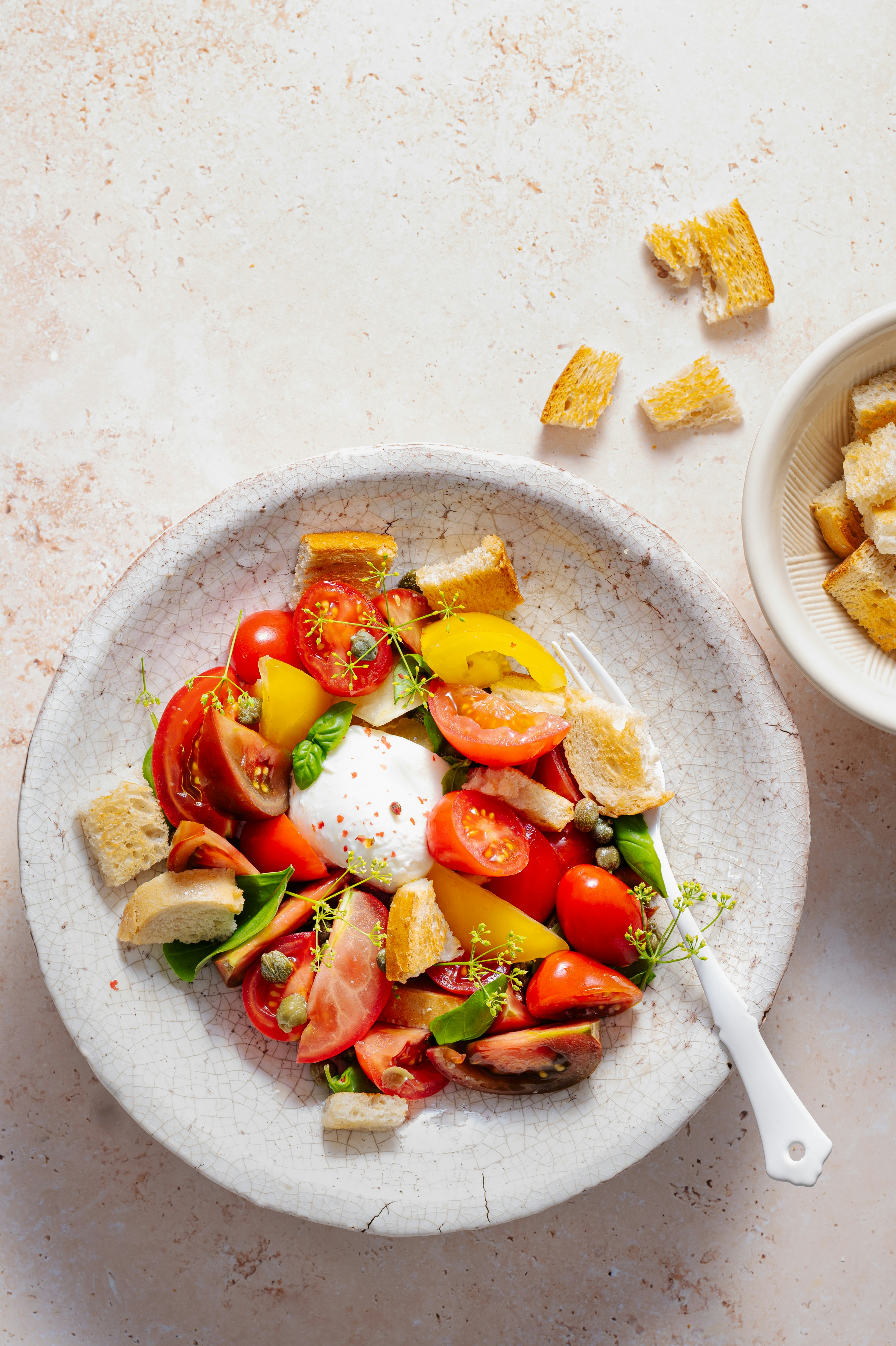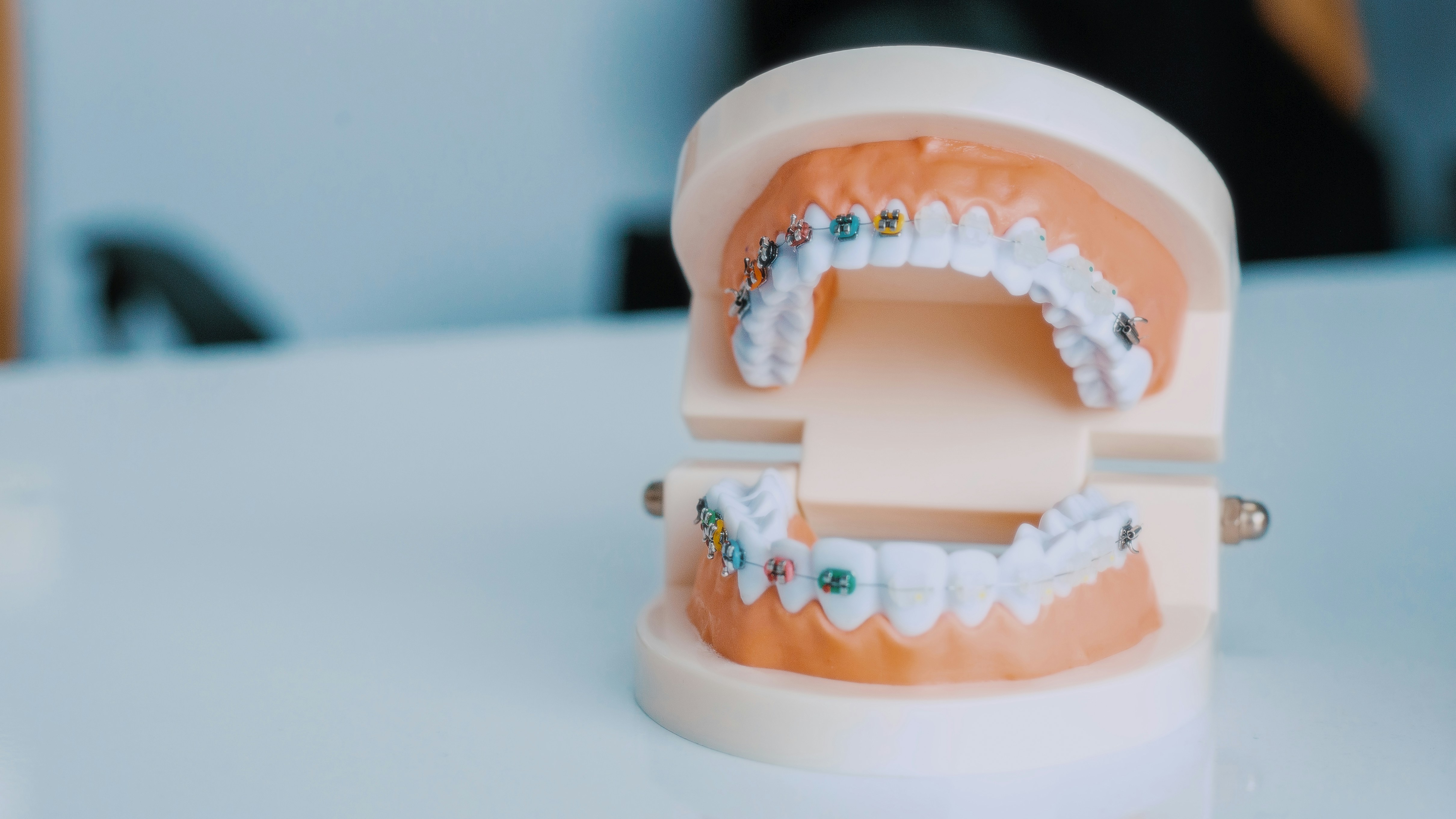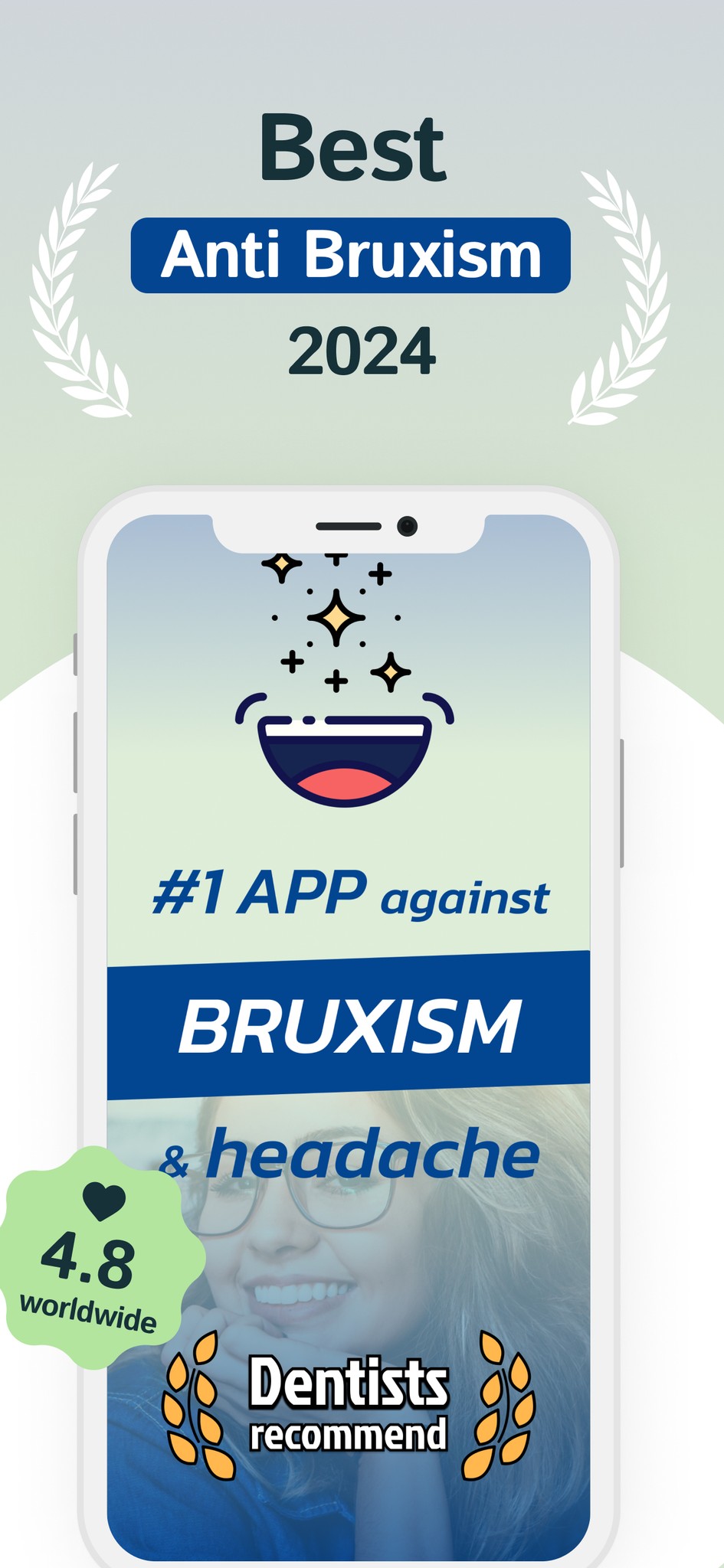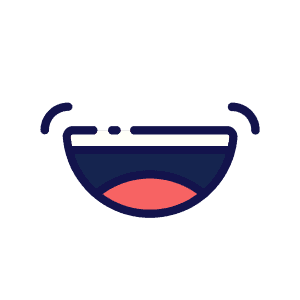
Nov 4, 2024
The Role of Diet in Managing Bruxism: Foods to Include and Avoid
The Role of Diet in Managing Bruxism: Foods to Include and Avoid
Bruxism, the involuntary grinding or clenching of teeth, can be influenced by various factors, including stress, sleep quality, and diet. While many people focus on stress management and relaxation techniques, the food you eat can also play a crucial role in managing bruxism. In this article, we’ll explore how diet impacts bruxism and offer practical dietary tips to help reduce grinding. We will also discuss how the Bruxism+ app can assist you in your journey toward a healthier lifestyle.
How Diet Influences Bruxism
Certain dietary choices can either exacerbate or alleviate bruxism symptoms. Here’s how diet plays a role:
Caffeine and Sugar: High caffeine and sugar intake can increase anxiety and stress, which may lead to more frequent grinding. Cutting back on caffeinated beverages and sugary snacks may help reduce the urge to grind your teeth.
Magnesium and Calcium: These minerals are essential for muscle relaxation. A diet rich in magnesium and calcium can promote relaxation and reduce muscle tension in the jaw.
Hydration: Dehydration can lead to muscle cramps and tension, which can exacerbate bruxism. Staying hydrated helps maintain muscle function and can potentially reduce grinding episodes.
Understanding these dietary influences can help you make informed choices to support your bruxism management efforts.
Foods to Include in Your Diet
Here are some foods that can help alleviate bruxism symptoms:
Leafy Greens: Spinach, kale, and other leafy greens are rich in magnesium, which helps relax muscles.
Nuts and Seeds: Almonds and pumpkin seeds are excellent sources of magnesium and can be a healthy snack option.
Dairy Products: Yogurt and cheese provide calcium, which is vital for muscle function and relaxation.
Whole Grains: Oats, brown rice, and quinoa can stabilize blood sugar levels, helping to reduce anxiety and stress.
Incorporating these foods into your daily diet can contribute to better overall health and may help manage bruxism.
Foods to Avoid
To minimize bruxism symptoms, consider limiting or avoiding the following:
Caffeinated Beverages: Coffee, tea, and energy drinks can increase anxiety and should be consumed in moderation.
Sugary Snacks: Sweets and candies can lead to energy crashes and increased anxiety.
Alcohol: While it may seem relaxing, alcohol can disrupt sleep patterns and worsen bruxism.
Hard and Chewy Foods: Foods that require significant jaw movement, such as hard candies or tough meats, can strain jaw muscles and contribute to grinding.
Using Bruxism+ to Track Your Diet
The Bruxism+ app can be a valuable resource for managing bruxism through dietary choices. By logging your meals and monitoring how certain foods affect your grinding episodes, you can identify patterns and make adjustments accordingly. Additionally, the app provides relaxation exercises to help reduce overall stress levels, complementing your dietary efforts.
Conclusion
Diet plays a significant role in managing bruxism, and making informed food choices can lead to a reduction in grinding episodes. By incorporating magnesium and calcium-rich foods into your diet and avoiding those that may exacerbate symptoms, you can support your overall health and well-being. Utilizing the Bruxism+ app as a tool for tracking your diet and relaxation practices can enhance your journey toward managing bruxism effectively. Prioritize your dietary choices and take proactive steps to promote a bruxism-free lifestyle.
The Role of Diet in Managing Bruxism: Foods to Include and Avoid
Bruxism, the involuntary grinding or clenching of teeth, can be influenced by various factors, including stress, sleep quality, and diet. While many people focus on stress management and relaxation techniques, the food you eat can also play a crucial role in managing bruxism. In this article, we’ll explore how diet impacts bruxism and offer practical dietary tips to help reduce grinding. We will also discuss how the Bruxism+ app can assist you in your journey toward a healthier lifestyle.
How Diet Influences Bruxism
Certain dietary choices can either exacerbate or alleviate bruxism symptoms. Here’s how diet plays a role:
Caffeine and Sugar: High caffeine and sugar intake can increase anxiety and stress, which may lead to more frequent grinding. Cutting back on caffeinated beverages and sugary snacks may help reduce the urge to grind your teeth.
Magnesium and Calcium: These minerals are essential for muscle relaxation. A diet rich in magnesium and calcium can promote relaxation and reduce muscle tension in the jaw.
Hydration: Dehydration can lead to muscle cramps and tension, which can exacerbate bruxism. Staying hydrated helps maintain muscle function and can potentially reduce grinding episodes.
Understanding these dietary influences can help you make informed choices to support your bruxism management efforts.
Foods to Include in Your Diet
Here are some foods that can help alleviate bruxism symptoms:
Leafy Greens: Spinach, kale, and other leafy greens are rich in magnesium, which helps relax muscles.
Nuts and Seeds: Almonds and pumpkin seeds are excellent sources of magnesium and can be a healthy snack option.
Dairy Products: Yogurt and cheese provide calcium, which is vital for muscle function and relaxation.
Whole Grains: Oats, brown rice, and quinoa can stabilize blood sugar levels, helping to reduce anxiety and stress.
Incorporating these foods into your daily diet can contribute to better overall health and may help manage bruxism.
Foods to Avoid
To minimize bruxism symptoms, consider limiting or avoiding the following:
Caffeinated Beverages: Coffee, tea, and energy drinks can increase anxiety and should be consumed in moderation.
Sugary Snacks: Sweets and candies can lead to energy crashes and increased anxiety.
Alcohol: While it may seem relaxing, alcohol can disrupt sleep patterns and worsen bruxism.
Hard and Chewy Foods: Foods that require significant jaw movement, such as hard candies or tough meats, can strain jaw muscles and contribute to grinding.
Using Bruxism+ to Track Your Diet
The Bruxism+ app can be a valuable resource for managing bruxism through dietary choices. By logging your meals and monitoring how certain foods affect your grinding episodes, you can identify patterns and make adjustments accordingly. Additionally, the app provides relaxation exercises to help reduce overall stress levels, complementing your dietary efforts.
Conclusion
Diet plays a significant role in managing bruxism, and making informed food choices can lead to a reduction in grinding episodes. By incorporating magnesium and calcium-rich foods into your diet and avoiding those that may exacerbate symptoms, you can support your overall health and well-being. Utilizing the Bruxism+ app as a tool for tracking your diet and relaxation practices can enhance your journey toward managing bruxism effectively. Prioritize your dietary choices and take proactive steps to promote a bruxism-free lifestyle.
The Role of Diet in Managing Bruxism: Foods to Include and Avoid
Bruxism, the involuntary grinding or clenching of teeth, can be influenced by various factors, including stress, sleep quality, and diet. While many people focus on stress management and relaxation techniques, the food you eat can also play a crucial role in managing bruxism. In this article, we’ll explore how diet impacts bruxism and offer practical dietary tips to help reduce grinding. We will also discuss how the Bruxism+ app can assist you in your journey toward a healthier lifestyle.
How Diet Influences Bruxism
Certain dietary choices can either exacerbate or alleviate bruxism symptoms. Here’s how diet plays a role:
Caffeine and Sugar: High caffeine and sugar intake can increase anxiety and stress, which may lead to more frequent grinding. Cutting back on caffeinated beverages and sugary snacks may help reduce the urge to grind your teeth.
Magnesium and Calcium: These minerals are essential for muscle relaxation. A diet rich in magnesium and calcium can promote relaxation and reduce muscle tension in the jaw.
Hydration: Dehydration can lead to muscle cramps and tension, which can exacerbate bruxism. Staying hydrated helps maintain muscle function and can potentially reduce grinding episodes.
Understanding these dietary influences can help you make informed choices to support your bruxism management efforts.
Foods to Include in Your Diet
Here are some foods that can help alleviate bruxism symptoms:
Leafy Greens: Spinach, kale, and other leafy greens are rich in magnesium, which helps relax muscles.
Nuts and Seeds: Almonds and pumpkin seeds are excellent sources of magnesium and can be a healthy snack option.
Dairy Products: Yogurt and cheese provide calcium, which is vital for muscle function and relaxation.
Whole Grains: Oats, brown rice, and quinoa can stabilize blood sugar levels, helping to reduce anxiety and stress.
Incorporating these foods into your daily diet can contribute to better overall health and may help manage bruxism.
Foods to Avoid
To minimize bruxism symptoms, consider limiting or avoiding the following:
Caffeinated Beverages: Coffee, tea, and energy drinks can increase anxiety and should be consumed in moderation.
Sugary Snacks: Sweets and candies can lead to energy crashes and increased anxiety.
Alcohol: While it may seem relaxing, alcohol can disrupt sleep patterns and worsen bruxism.
Hard and Chewy Foods: Foods that require significant jaw movement, such as hard candies or tough meats, can strain jaw muscles and contribute to grinding.
Using Bruxism+ to Track Your Diet
The Bruxism+ app can be a valuable resource for managing bruxism through dietary choices. By logging your meals and monitoring how certain foods affect your grinding episodes, you can identify patterns and make adjustments accordingly. Additionally, the app provides relaxation exercises to help reduce overall stress levels, complementing your dietary efforts.
Conclusion
Diet plays a significant role in managing bruxism, and making informed food choices can lead to a reduction in grinding episodes. By incorporating magnesium and calcium-rich foods into your diet and avoiding those that may exacerbate symptoms, you can support your overall health and well-being. Utilizing the Bruxism+ app as a tool for tracking your diet and relaxation practices can enhance your journey toward managing bruxism effectively. Prioritize your dietary choices and take proactive steps to promote a bruxism-free lifestyle.
Our latest stories:


Nov 15, 2024
Dietary Changes That May Help Reduce Bruxism Symptoms


Nov 11, 2024
The Impact of Jaw Alignment on Bruxism: What You Need to Know


Nov 8, 2024
Understanding Sleep Apnea and Its Link to Bruxism
See all posts
Extra
Extra
Extra


